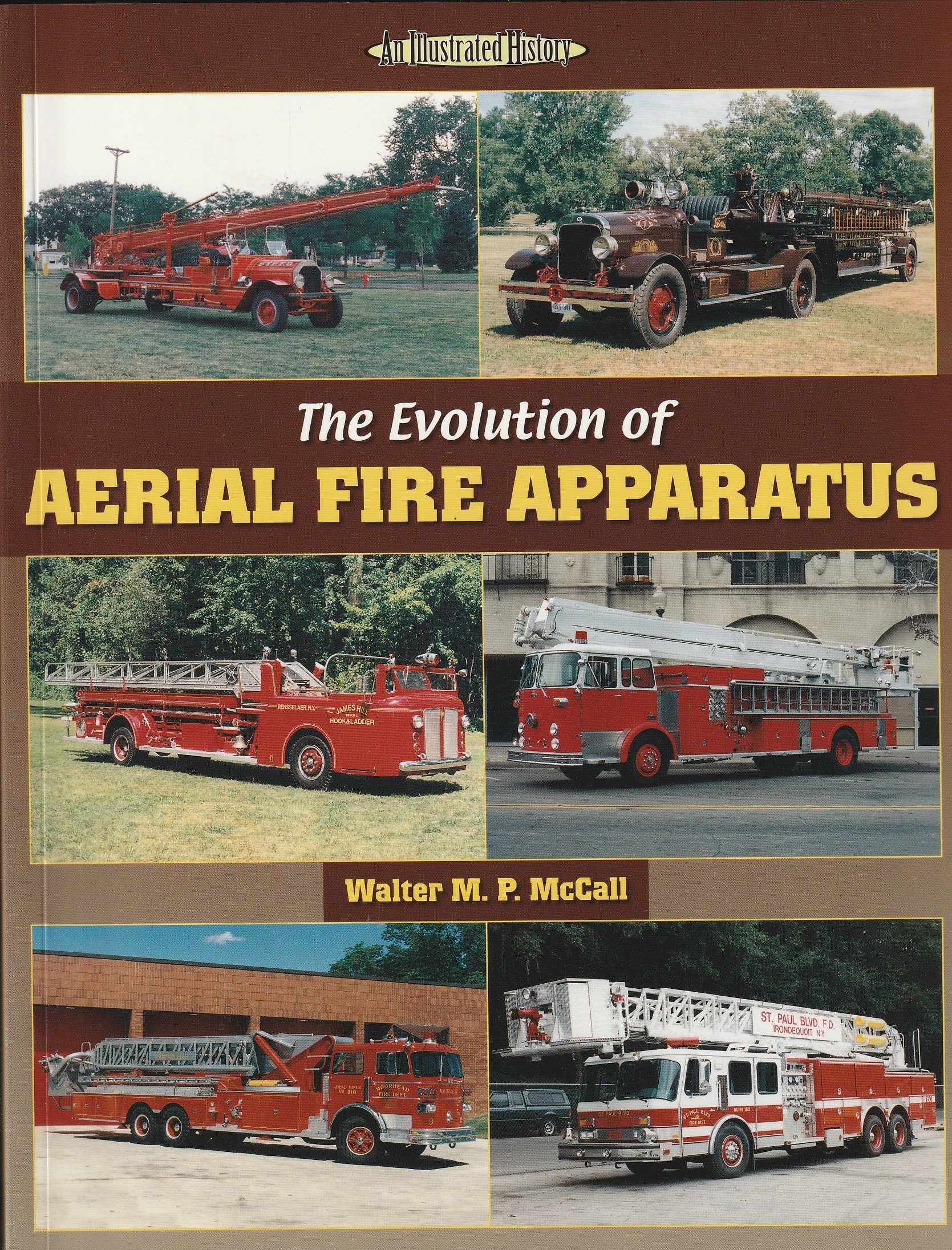The Evolution of Aerial Fire Apparatus
The Evolution of Aerial Fire Apparatus
ITEM E522
WITH U.S. DELIVERY, THIS ITEM SHIPS USPS MEDIA MAIL
By Walter M.P. McCall
An inventive machinist in the San Francisco Fire Dept. repair shop, Daniel D. Hayes patented the first successful aerial ladder in America in 1868. At first, these heavy ladders were raised by hand, by firefighters furiously turning cranks and hand wheels. Early in the new century, coil springs took the muscle work out of hoisting the aerial ladder and soon hydraulic power replaced manpower entirely.
In the 140 years since they were introduced, aerial ladders have undergone continuous evolution and improvement. In the late 1950s, aerial firefighting in America was revolutionized by the introduction of the elevating platform. Today, firefighters battle major fires with massive aerial towers and telescopic aerial ladders.
The only book wholly devoted to the evolution of aerial firefighting, this lavishly illustrated volume by one of America’s most respected fire apparatus historians and authors covers them all: from long hook-and-ladder trucks drawn by straining three-horse hitches, early aerial ladders and the aerial's heavy-artillery cousin-the water tower. Included are four-wheel service aerials, glamorous tillered tractor-trailer types, compact rear mounts and versatile quintuple combinations.
Softbound, 160 pages, 398 photos, 8.5'' x 11''






